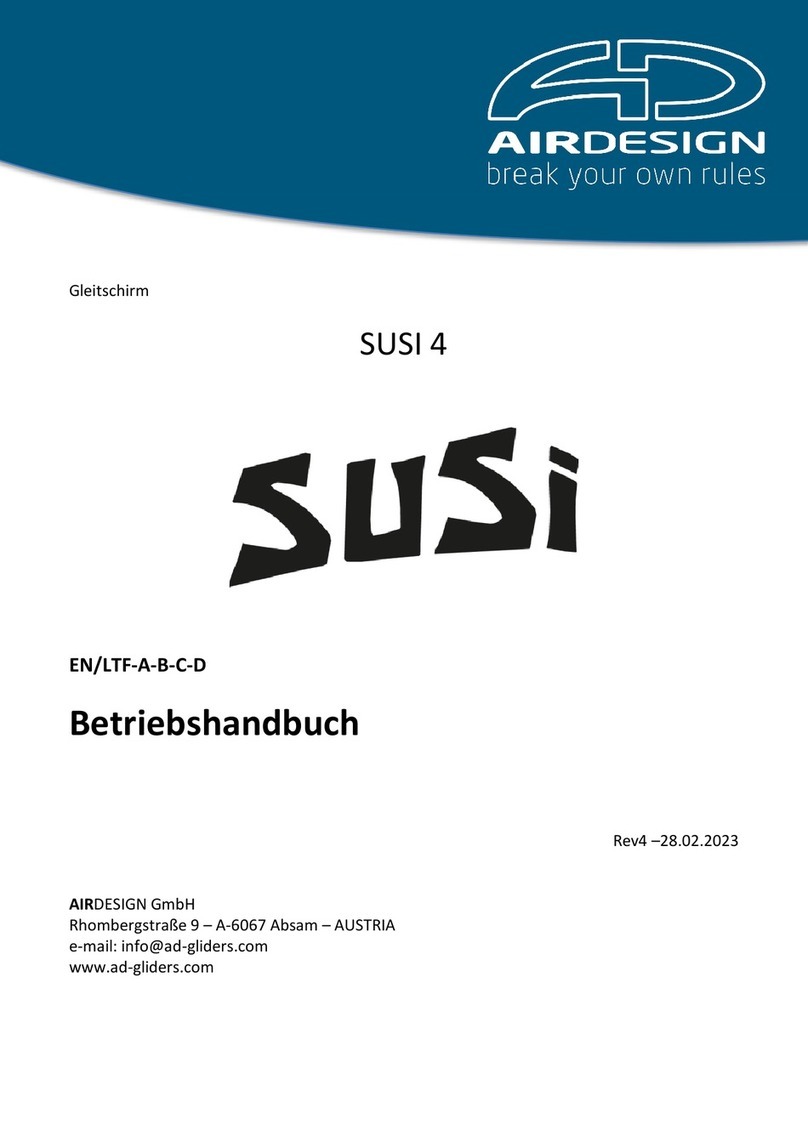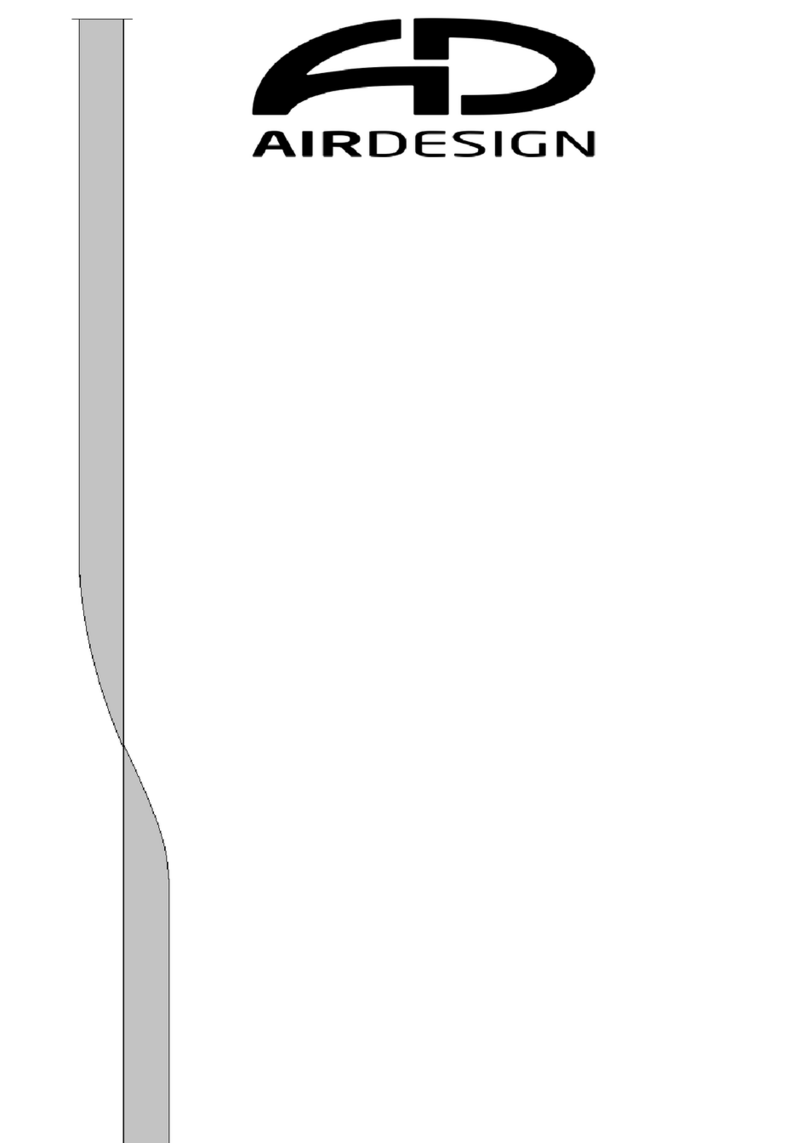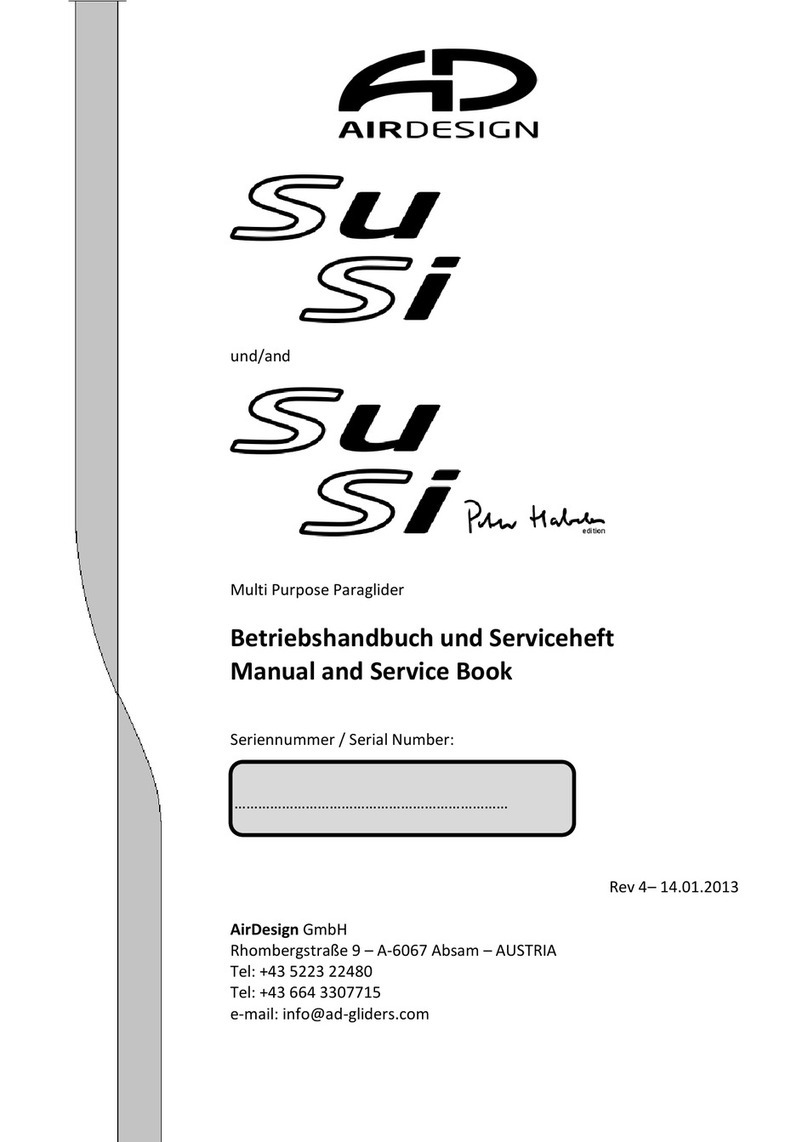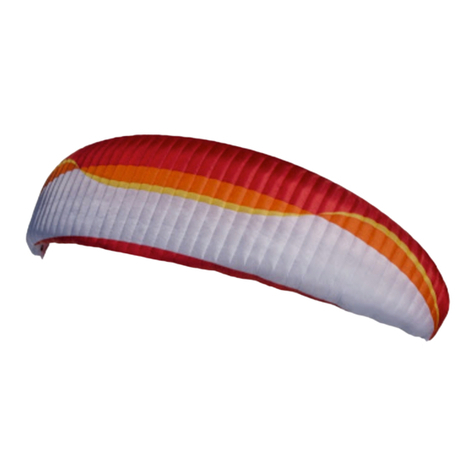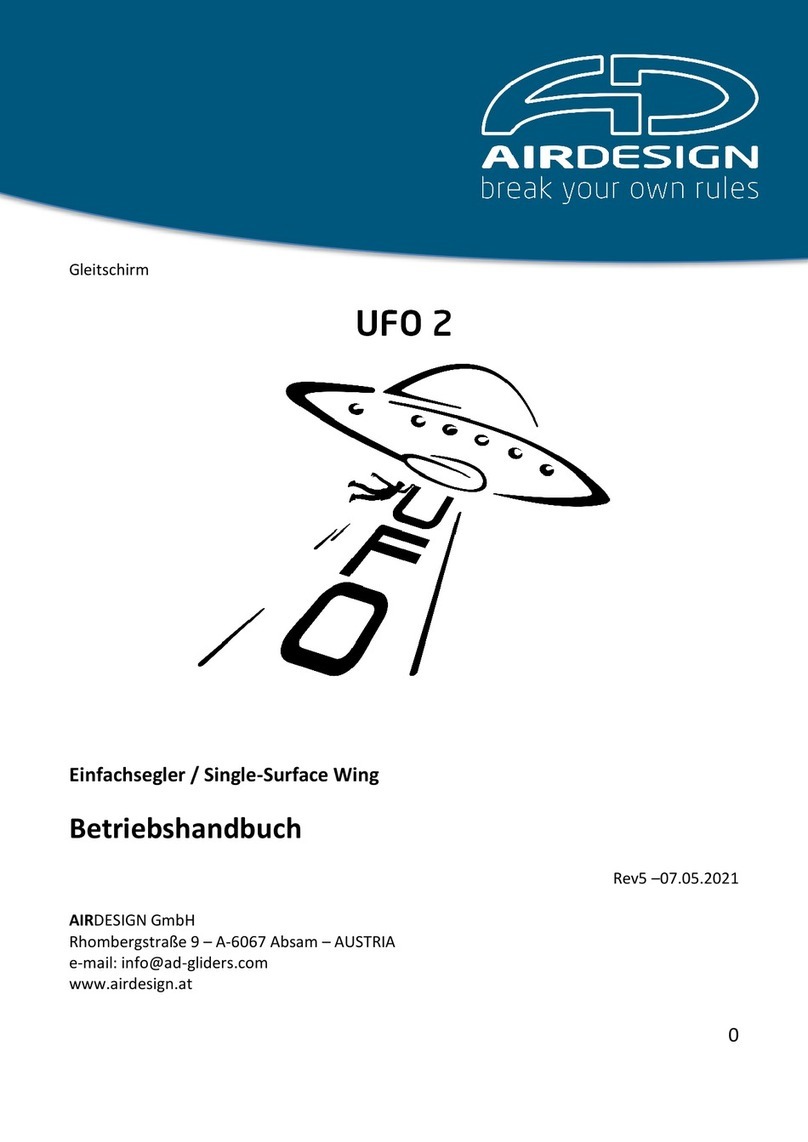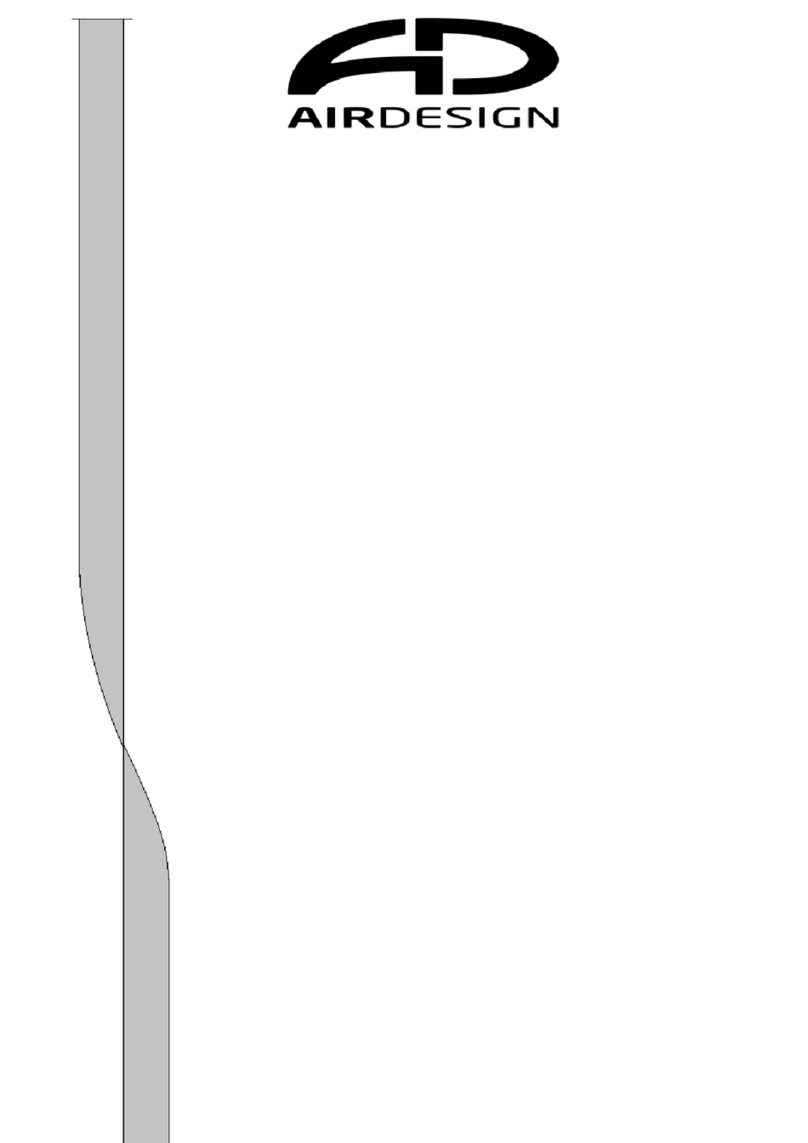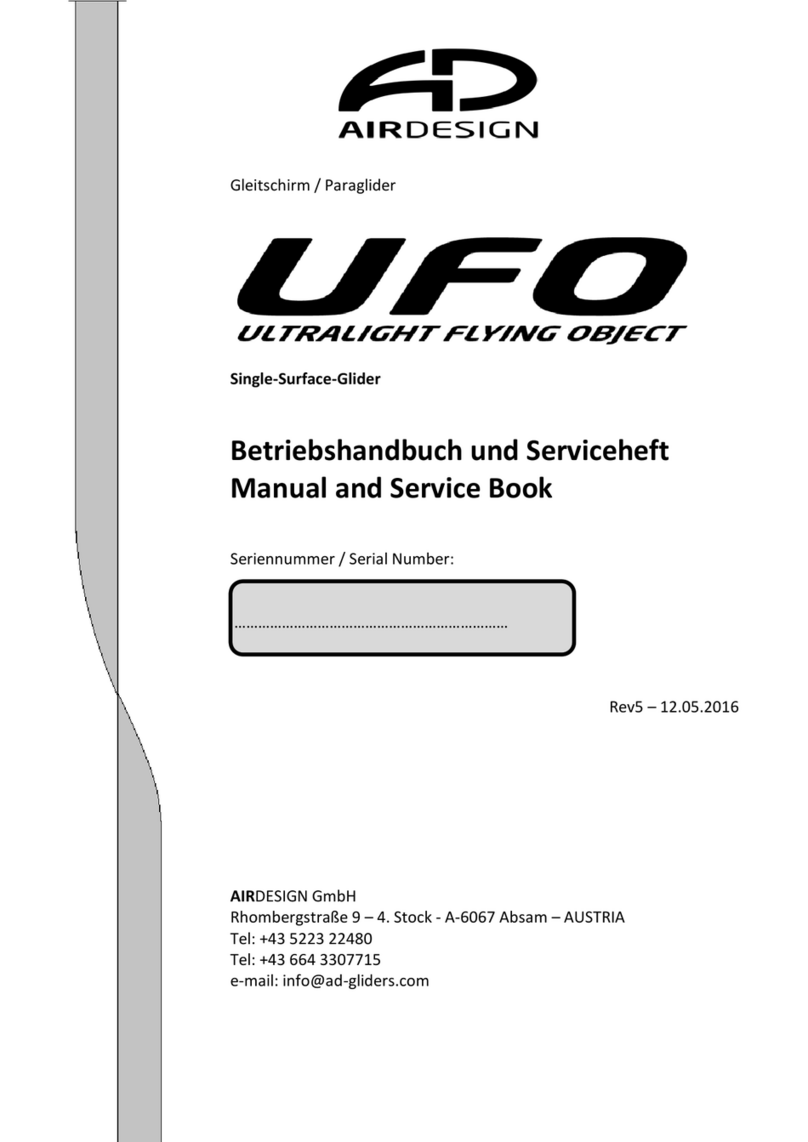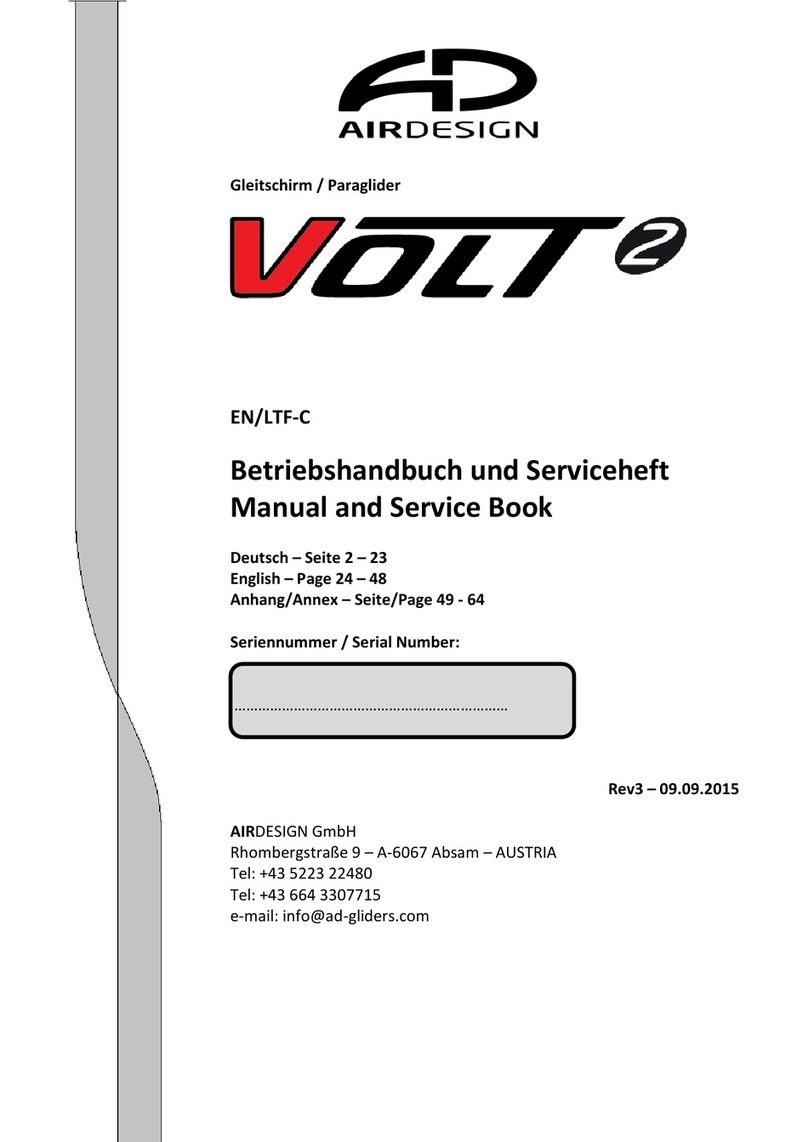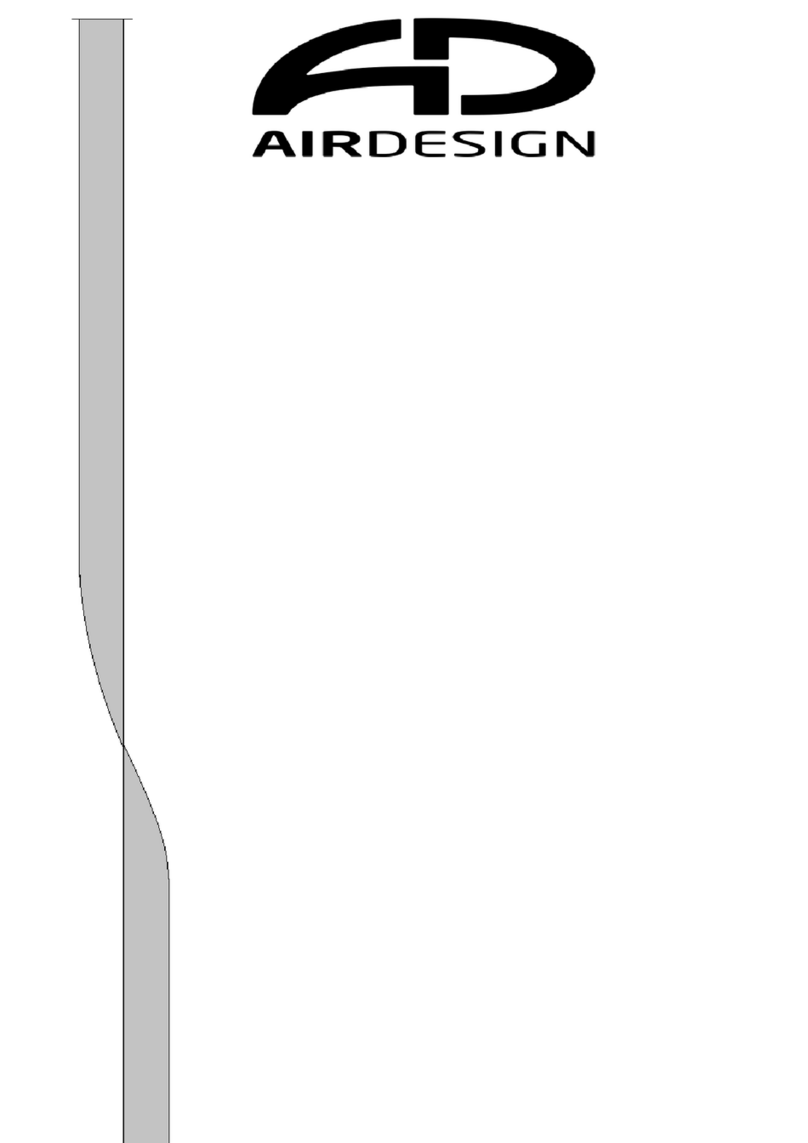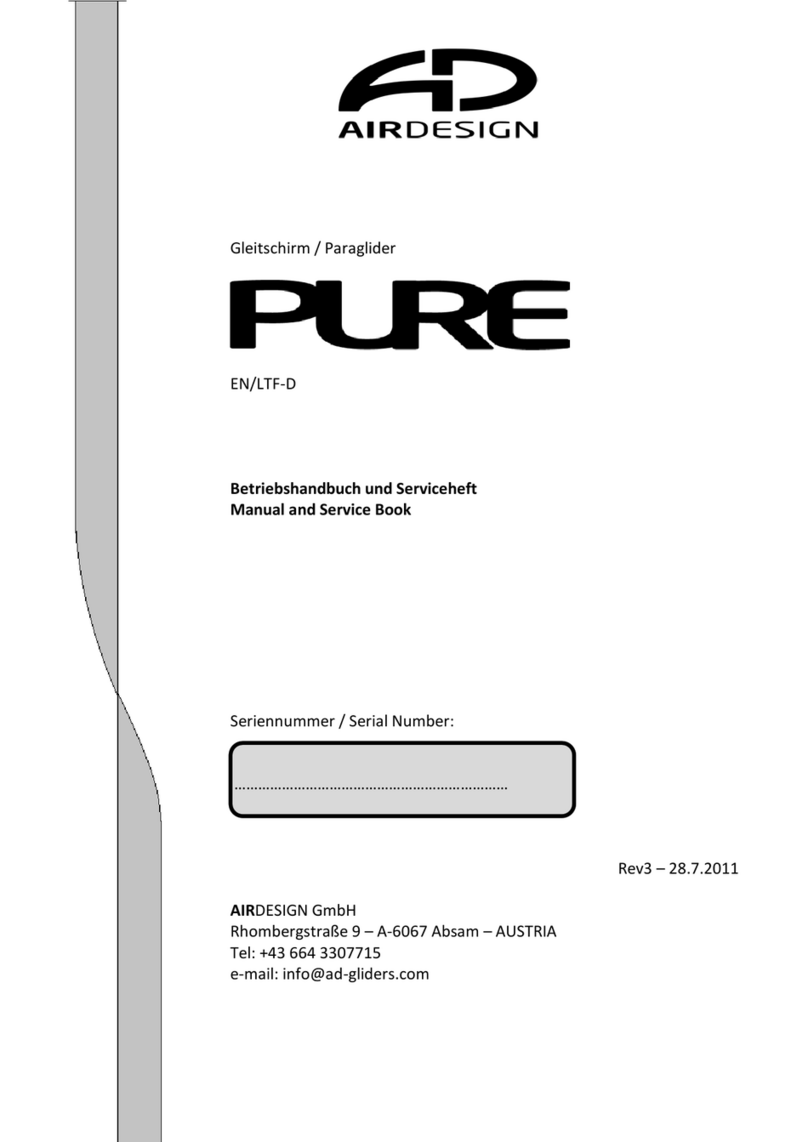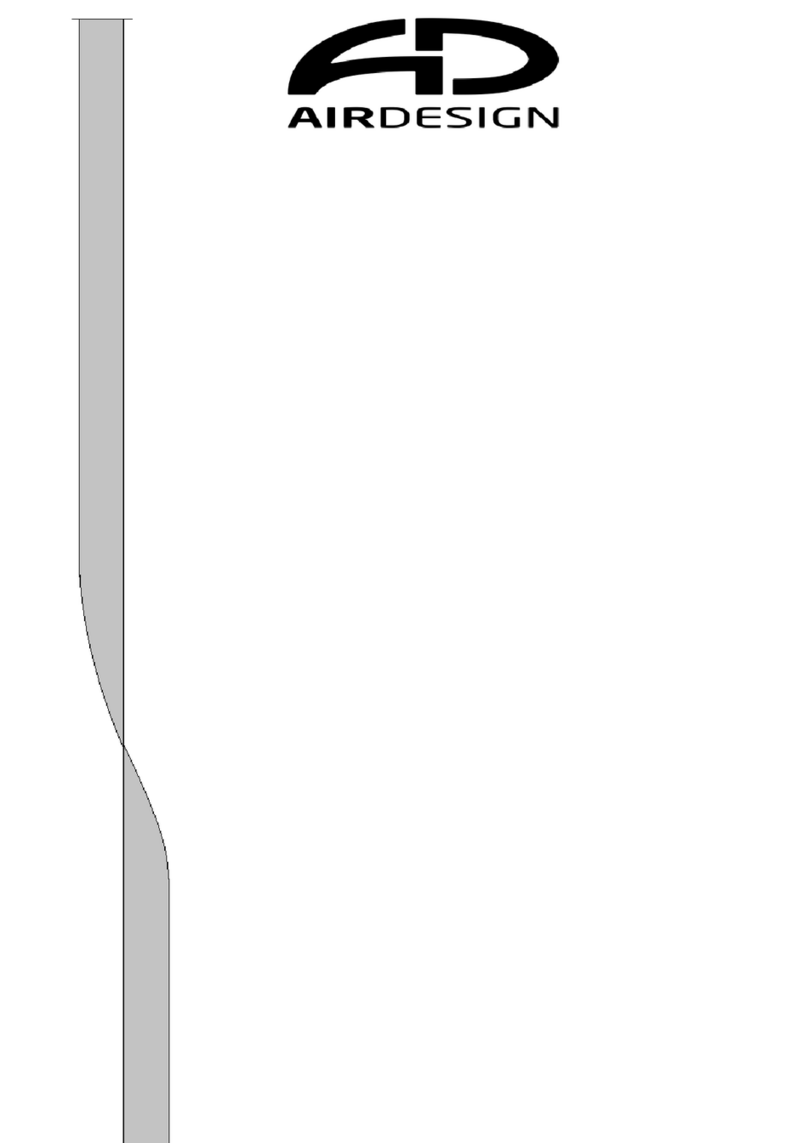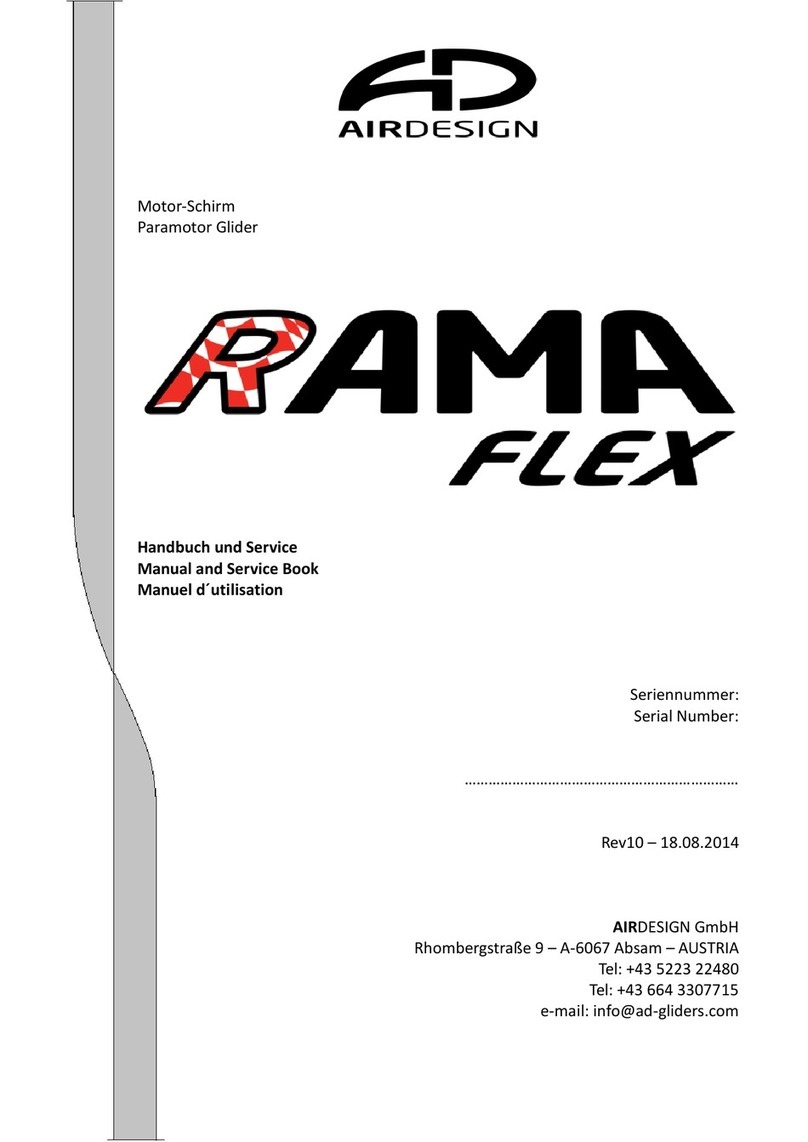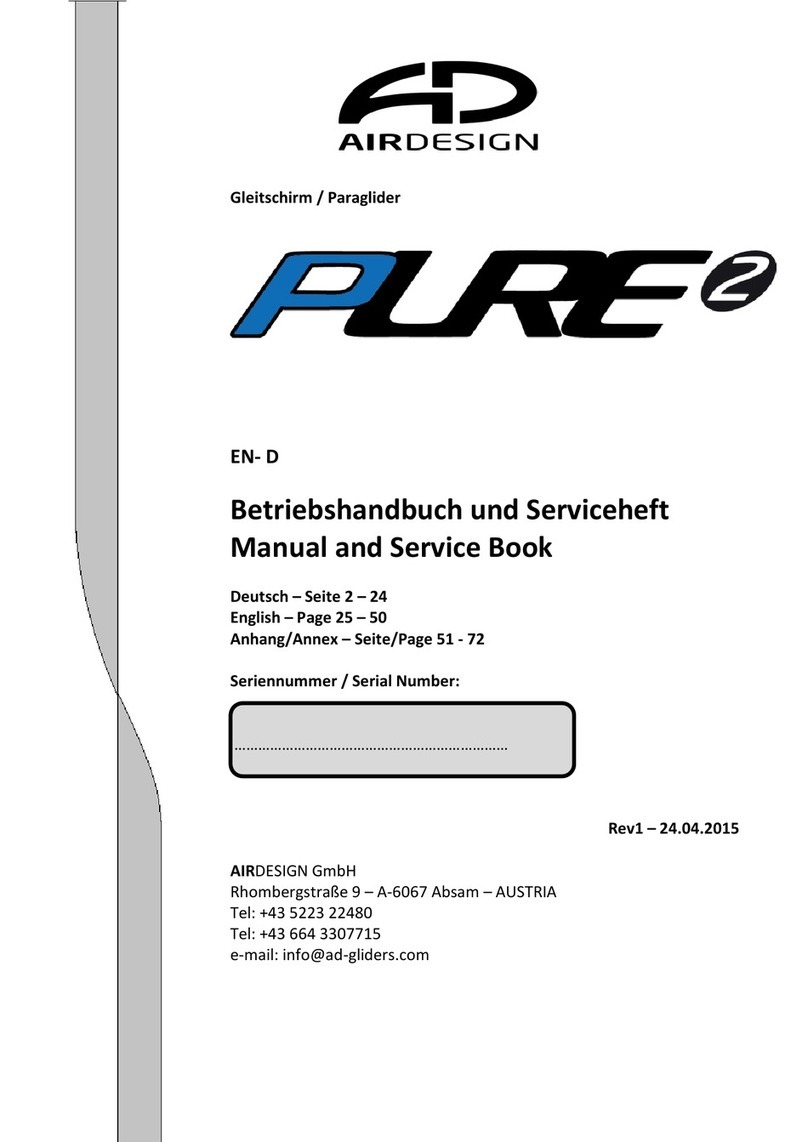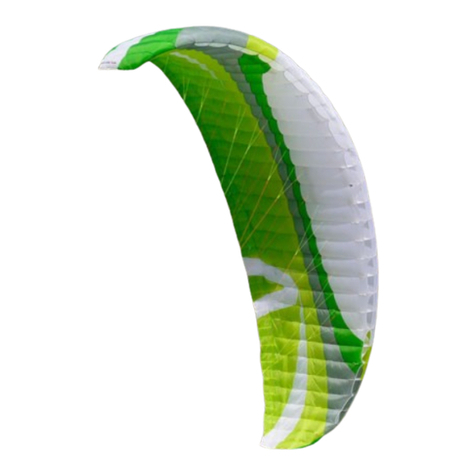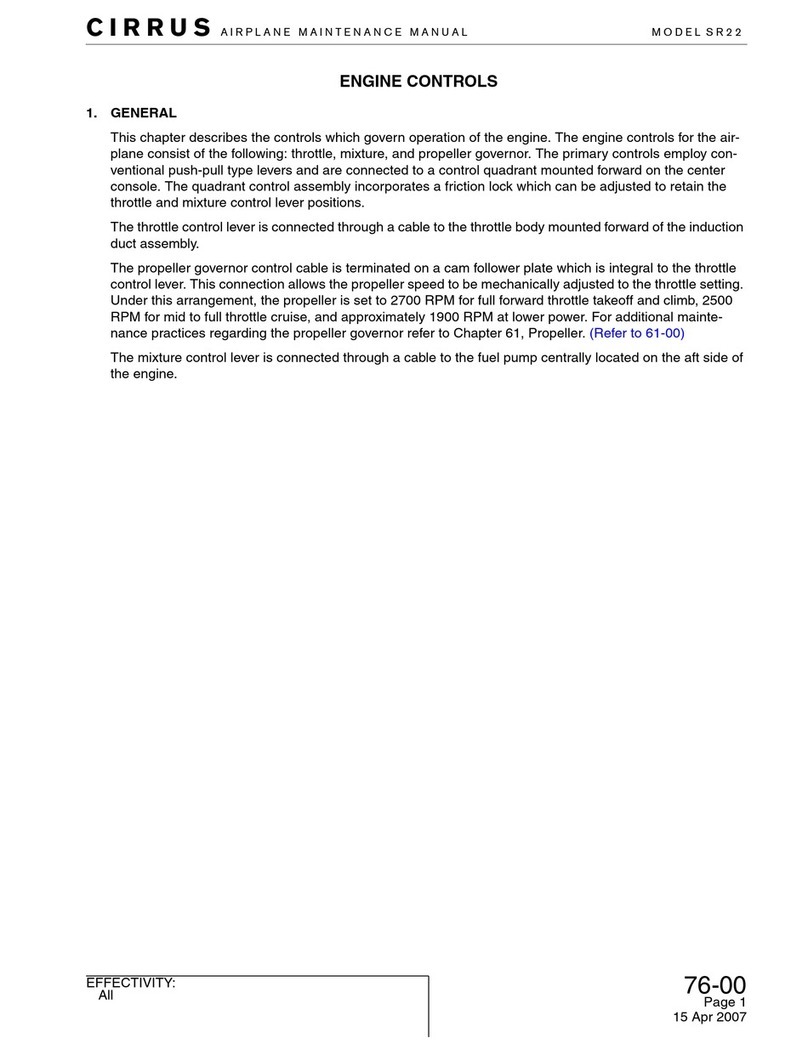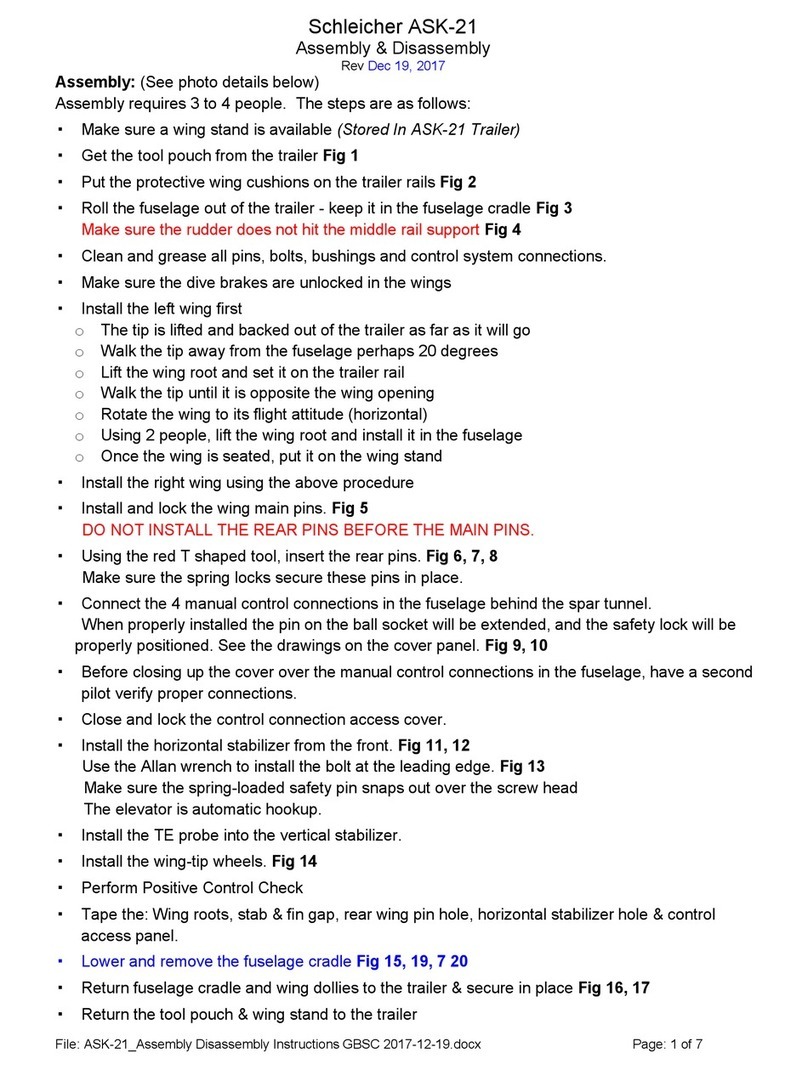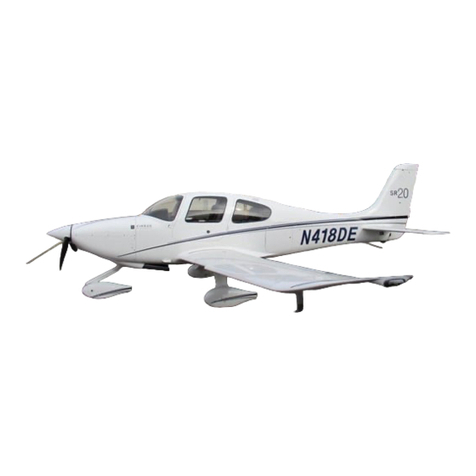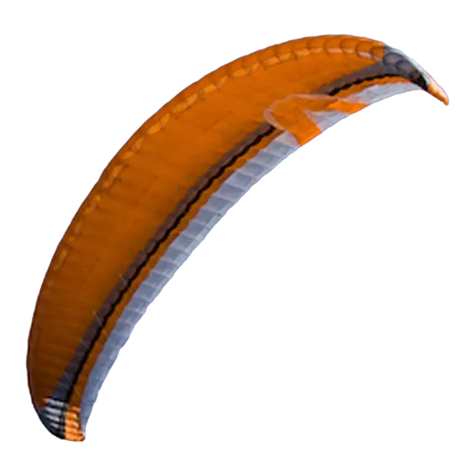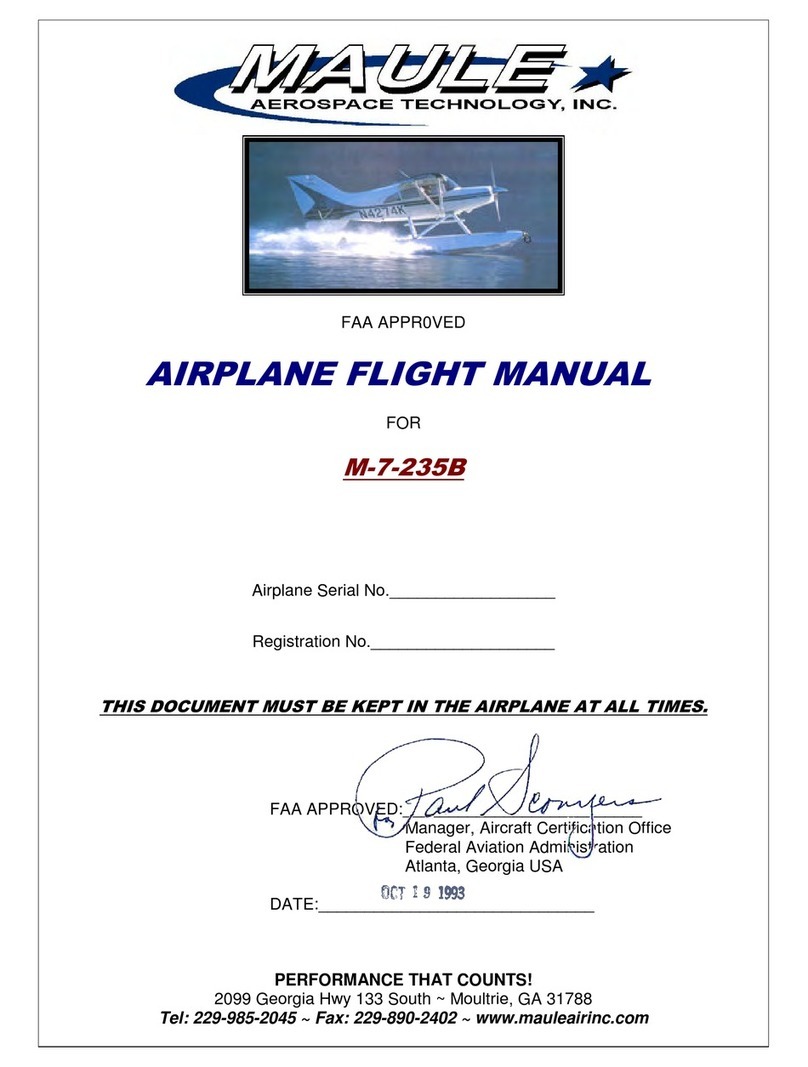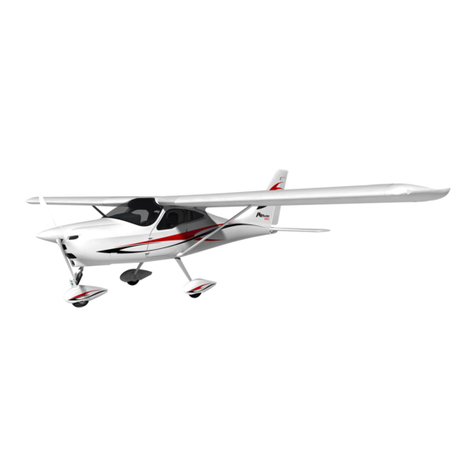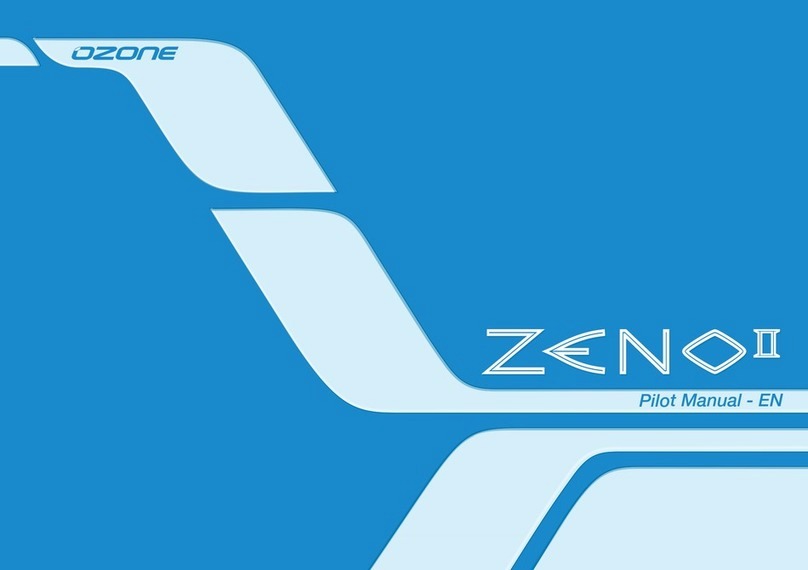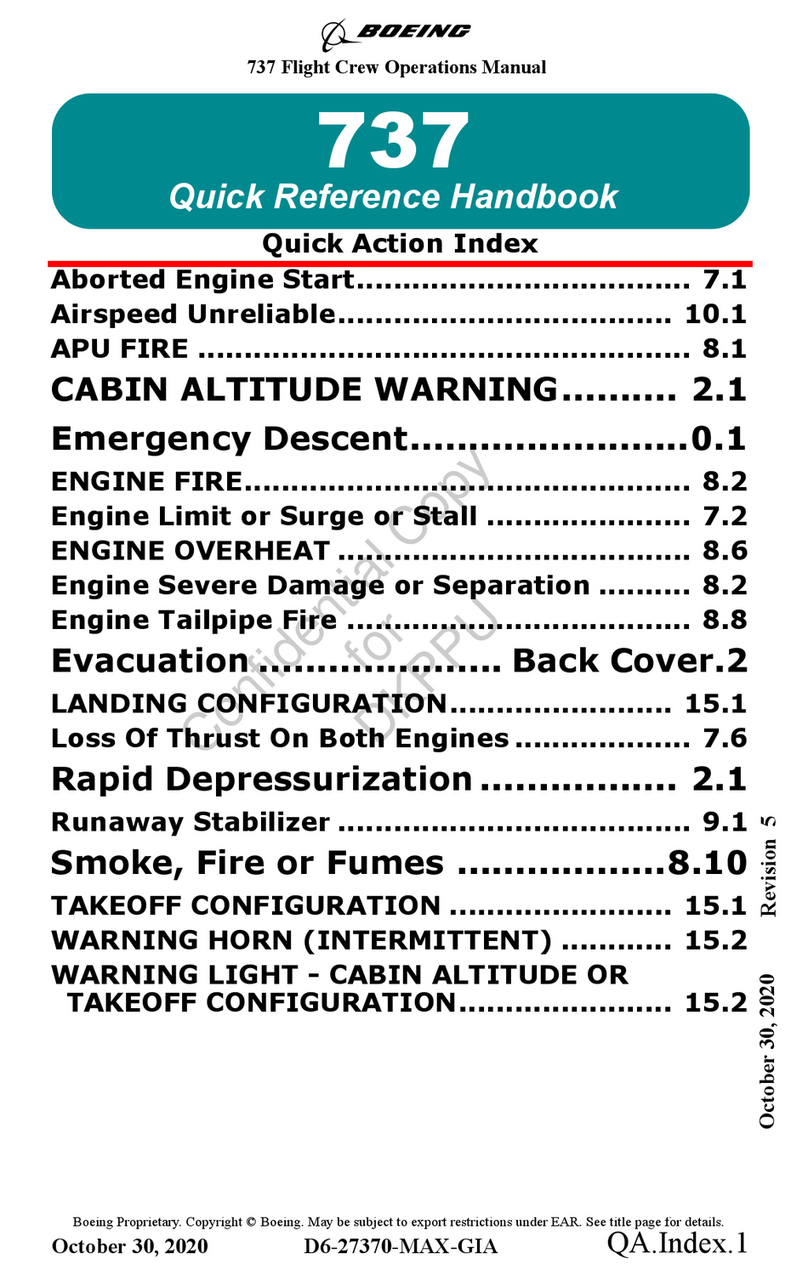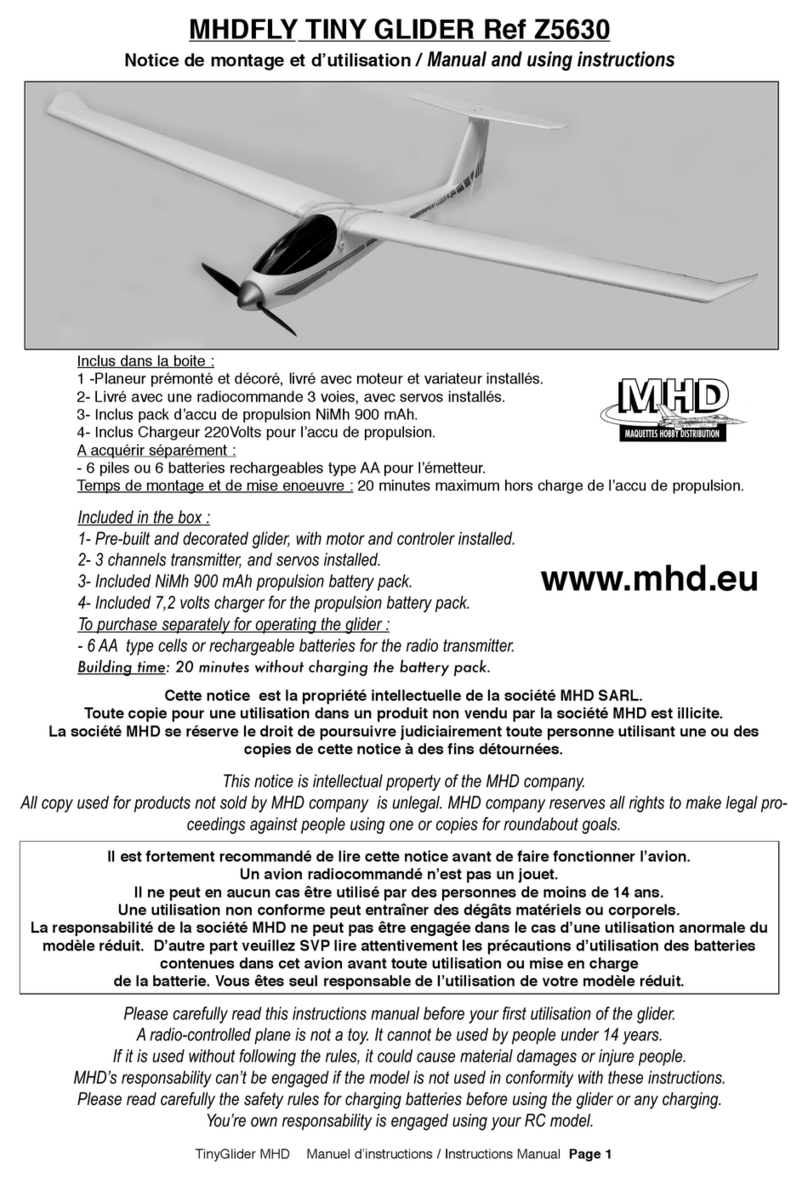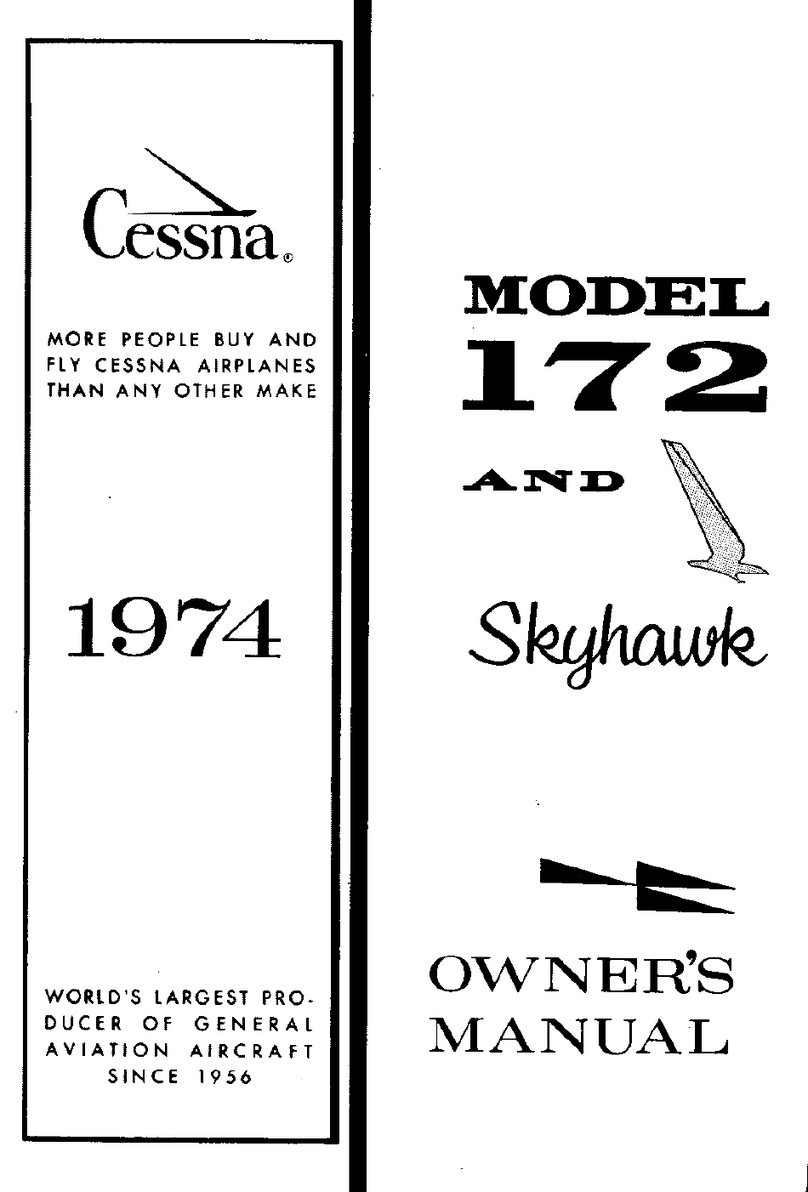20
1. Disclaimer and important advice for your own safety
Please read carefully and follow this important advice:
This Paraglider is an air-sport-vehicle with the obligation of type testing and with a glider
weight of less than 120kg. It is not usable as skydiving-glider or for openings in free-fall.
This paraglider complies, at the time of delivery, with the certification requirements of the
German LTF (Lufttüchtigkeitsforderung) and with the European Norm EN - LTF 91/09 & EN
926-1:2006, 926-2:2005
Paragliders must not be flown by persons without a valid qualification unless under the
instruction of a suitably experienced and qualified, registered paragliding school. Flying a
paraglider without the proper knowledge, skills and qualification is dangerous.
The national regulations for flying paragliders must be obeyed in all circumstances.
The pilot must respect and comply with the rules of law.
This paraglider must only be used within the certified weight limits.
This paraglider is used exclusively at your own risk.
The manufacturer or distributor cannot be held responsible for any damages arising to
persons, property or other materials which occur as a result of the use of this paraglider.
All liability arising from the use of this paraglider is exclusively that of the pilot in charge.
The manufacturer or distributor is excluded from any liability resulting for the use, misuse
or otherwise, of this paraglider.
It is the owner’s and/or pilot’s obligation to monitor and to maintain the airworthiness of
this paraglider. To make sure the paraglider always flies with optimum characteristics, take
care of the paraglider and make regular checks.
Any change made to the structure of the paraglider renders it uncertified (non-conformity
of type-testing) and invalidates any warranty. Structural repairs to paragliders must only be
made by an appropriately experienced and recognised service centre. All changes and/or
repairs must be recorded in the service history record in this manual.
It is an implied requirement that the pilot flies a paraglider that matches his skill level. A
pilot should not fly a paraglider outwith his ability to meet the demands of the paraglider in
all states and conditions of flight.
The glider must be ‘test’ flown by an expert before the first use. The ‘conformity checked
by’ box on the certification sticker affixed to the wing must be countersigned with the
signature of the testing pilot and date of the test flight.
Appropriate towing equipment must be used. Never tow or winch the paraglider with a
car, motorboat, or mechanical or other means without appropriate towing gear and /or
appropriately qualified operators.
Ensure before towing or winching that the operator has the proper experience and
qualifications relevant to the type of tow/winch operation.
Acrobatics are not allowed.
Flying in rain or with a wet paraglider is not allowed. Pilots should always land well before
any risk of contact with rain. Flying a wet paraglider can, in certain circumstances, lead to a
deep-stall state.
Before flying a new paraglider practice launch and control techniques on a flat field or
training slope.
